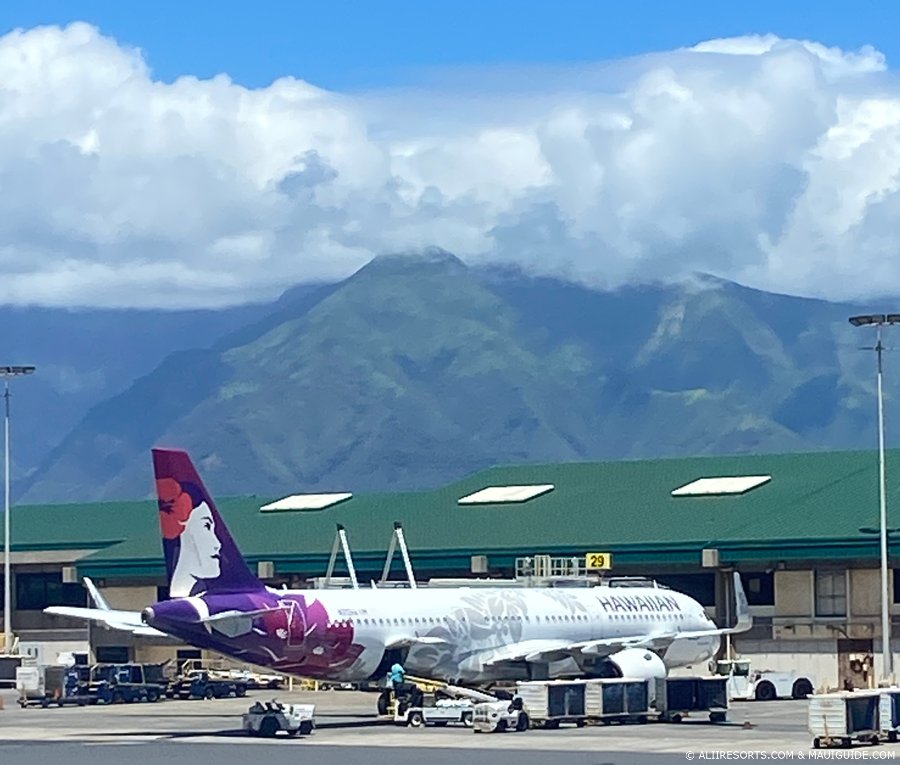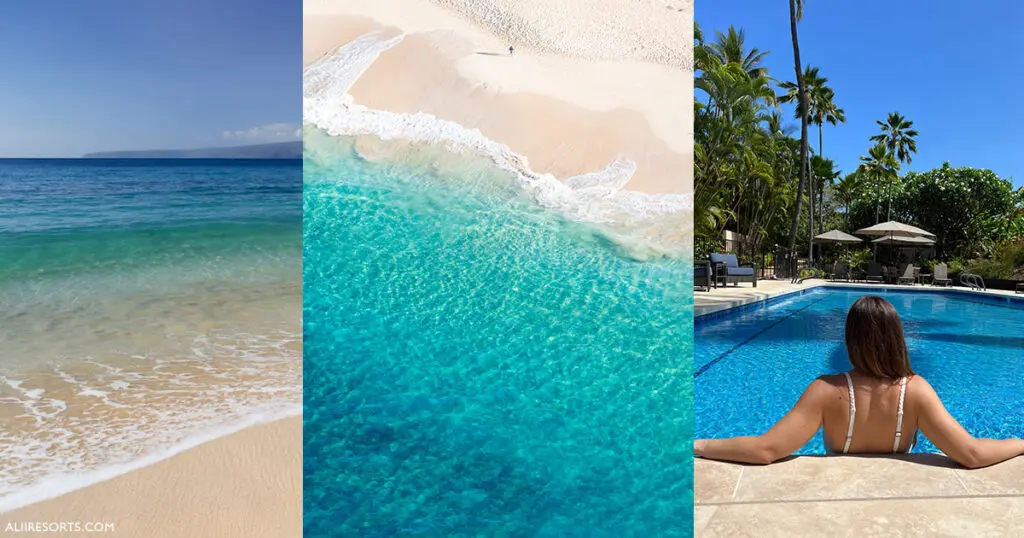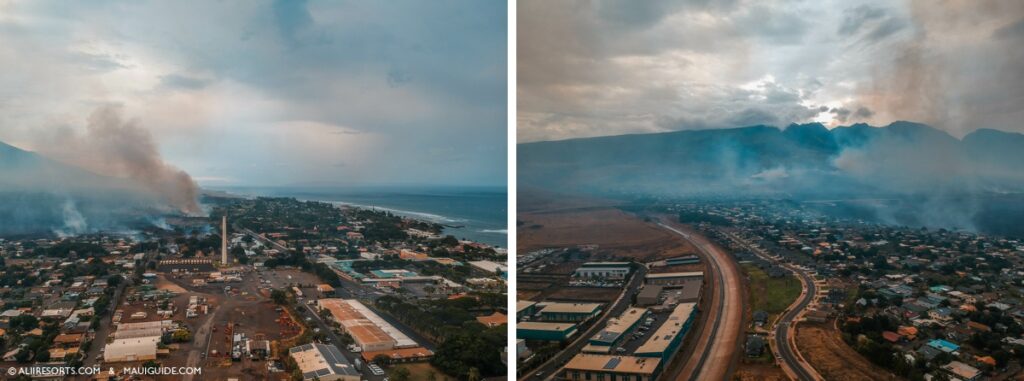Maui is one of Hawai‘i’s most popular tourist destinations, second only to O‘ahu in visitor numbers. Below is a 2024 summary of how Maui compares to other islands in tourism, its share of the state’s visitor industry, seasonal highs and lows, and key statistics useful for travelers and tourism professionals.


Maui Tourism vs. Other Hawaiian Islands
In 2024, Maui continued to attract a significant portion of Hawai‘i’s visitors:
- O‘ahu: 5.81 million visitors, with approximately $9.12 billion in visitor spending.
- Maui: 2.35 million visitors, contributing about $5.27 billion in spending.
- Hawai‘i Island: 1.30 million visitors, with expenditures totaling $2.37 billion.
- Kaua‘i: 0.94 million visitors, resulting in $1.97 billion in spending.
While Maui’s visitor count decreased by 6.0% compared to 2023, its economic impact remains substantial, with per-visitor spending higher than pre-pandemic levels.


Maui’s Overall Share of Hawai‘i Tourism
In 2024, Maui accounted for approximately 26.7% of Hawai‘i’s total visitor arrivals and 28.5% of the state’s total visitor spending. This underscores Maui’s vital role in Hawai‘i’s tourism industry. The island’s appeal is evident in its high per-visitor expenditure, averaging $634.1 per person per day, a 6.4% increase from 2023.
Maui relies heavily on the U.S. mainland market, with around 88%–90% of its visitors coming from the continental United States. In contrast, O‘ahu attracts more international tourists, particularly from Asia. This means Maui’s tourism is closely tied to U.S. travel trends, while growth opportunities lie in stabilizing international markets.


Seasonal Tourism Patterns: Busiest vs. Slowest Times
Maui’s tourism exhibits distinct seasonal trends:
Peak Seasons:
Statistics show that the summer months, particularly June and July, see the highest visitor volumes, driven by family vacations and holidays. Though, we see the most significant volume of visitors from the Christmas holiday through Easter. That peak occurs in late December during the Christmas and New Year holidays. December 2024 saw 61,804 daily visitors, a 10.0% increase from December 2023.
Off-Peak Seasons:
September 2024 experienced a lower average daily census of 28,110 visitors, an 11.5% decrease from September 2023. The “shoulder seasons” of April–May and October–November see fewer visitors, making these months ideal for those seeking fewer crowds and lower accommodation costs.
Typical monthly visitor arrivals range from 150,000 during the lowest months to 225,000+ at peak times in a normal year.


Recent Developments and Notable Facts
2023 Wildfire Impact
Maui’s tourism suffered a major setback after the August 2023 Lahaina wildfires. West Maui, including Lahaina and Kāʻanapali, was temporarily closed to visitors, with phased reopenings beginning in October 2023.

Visitor numbers dropped sharply—only 132,909 visitors in October 2023, a 42.5% decline compared to the previous year. Visitor spending also fell by 25% that month. However, by late 2024, arrivals were rebounding, though still below 2019 levels.

Tourism professionals are focusing on rebuilding Maui’s international visitor markets and promoting mindful tourism as the island recovers.
Economic Importance of Tourism
Tourism is Maui’s leading economic sector, supporting thousands of jobs in Maui County. In 2019, the industry supported about 216,000 jobs statewide, with a significant portion on Maui.
The 2023 downturn highlighted the island’s reliance on tourism—an estimated 4,600 jobs were lost in visitor-related sectors due to the post-fire decline in tourists. We think this number is under-reported because a lot of self-employed and small businesses didn’t file for unemployment. Tourism also generates significant tax revenue that funds state and local services.
Visitor Experience & Trends
Maui attracts high-spending visitors, reflected in the island’s luxury accommodations and activities. The average visitor stay on Maui is around 8 days, in line with the state average. Many are repeat travelers drawn by the island’s beaches, outdoor adventures, and resort experiences.
Hotel occupancy on Maui was about 65% in 2023, lower than O‘ahu’s 80%, partly due to post-wildfire tourism declines.
Vacation rentals had an occupancy rate of 53% in 2024, down from 59% in 2023, as supply increased and demand softened.
Tourism Recovery & Future Outlook
Before 2020, Maui averaged 3 million+ visitors annually. After a sharp decline in 2020 due to the pandemic, the island rebounded to 2.92 million visitors in 2022 and 2.50 million in 2023.
While recovery has been slower than on O‘ahu, per-visitor spending on Maui has increased by 20%+ compared to 2019, as travelers take fewer but more expensive trips.

Tourism is shifting focusing on premium experiences and sustainable tourism practices, which will require long-term resilience from our Maui communities.
Mahalo to the Hawaii Tourism Authority for statistics.






